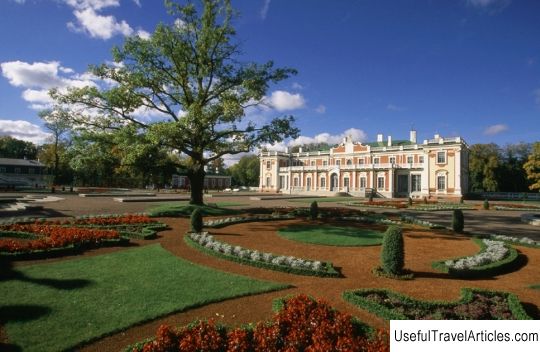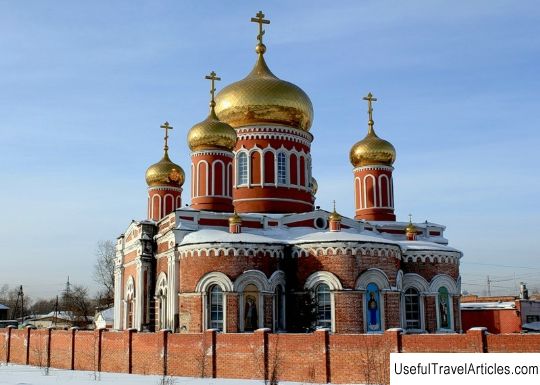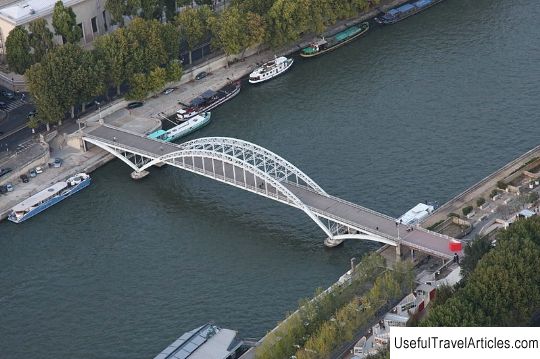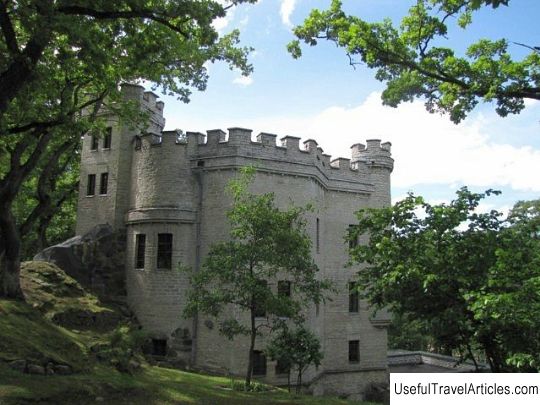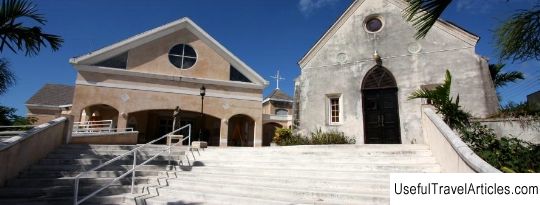Kadriorg Palace (Kadrioru loss) description and photos - Estonia: Tallinn
Rating: 8,2/10 (780 votes) 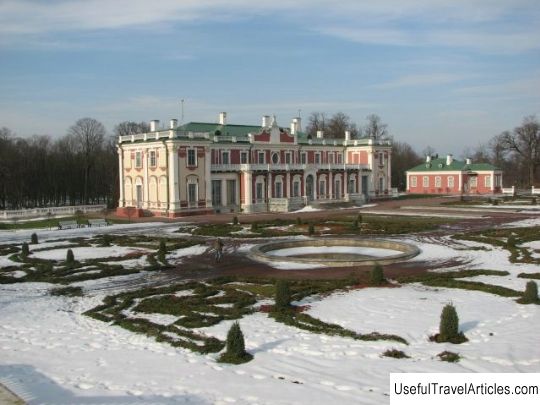
Kadriorg Palace (Kadrioru loss) description and photos - Estonia: Tallinn. Detailed information about the attraction. Description, photographs and a map showing the nearest significant objects. The title in English is Kadrioru loss. Photo and descriptionIn the second half of the 17th century, wealthy residents of Tallinn began building summer residences with parks for themselves. In 1714, Peter I acquired 5 Swedish summer estates, located on a plot of land between Narva and Tartu highways. The house, built by a member of the magistrate Heinrich Fonne, soon became known as the "old palace" of the king. This place was convenient for spending the night and admiring the picturesque surroundings. However, the building, with its small size and modest design, did not correspond to its purpose. Peter I saw enough of the majestic and luxurious palaces located in France, Germany, Holland. The concept of park architecture had to emphasize the power of the autocrat, the arrangement of plants had to be symmetrical and correct, eloquently speaking about that even nature is subject to the ruler. However, Peter also knew how to appreciate the natural beauty of nature. Kadriorg has become a compromise between a regular park in the center and a landscape park on the outskirts. This park was conceived as a public one, free for visiting by townspeople and guests of the city, and it remains so to this day. The birthday of the palace is celebrated on July 22. It was on this day in 1719 that Peter I, together with the architect Nicolo Michetti, measured the area for the future "new palace" and a regular park. The palace consists of 3 parts. The main building and the outbuildings seem to rise on the podium. All 3 parts are connected by lattice walls, covered with a balustrade, and in the center there is a small fountain with a mascaron. Despite the fact that the architect of the Cardiorgio Palace was the Italian Nicolo Michetti, the French influence is felt: on the plan you can see that the palace has wings protruding towards the flower garden. The high ceremonial hall, which occupies 2 floors, resembles two-light "Italian rooms", which is especially emphasized by the rich stucco decoration of the ceiling and walls made in the Roman Baroque style. The private rooms of the king and queen were located in the wings of the palace, as well as required by French palace etiquette. The study and wardrobe of Peter I were located in the northern wing in order to be able to see the sea from the windows. The outbuildings and the ground floor were reserved for service premises. It also housed the royal kitchen, in the place of which there is now a cafe. The main idea for the design of the luxurious ceremonial hall was the imperial baroque with the monograms of the owners of the palace, imperial crowns and eagles of the Russian coat of arms, surrounded by winged geniuses trumpeting eternal glory. The painting of the plafonds and stucco medallions are also dedicated to Peter and Catherine, as well as the victory of Russia over Sweden in the Northern War. However, the customer was unable to see the Kardiorg Palace in its finished state. When Peter I died in 1725, the palace was still surrounded by scaffolding. And even in 1727, the year of Catherine I's death, not all of the ceilings were plastered yet. After the architect of the project returned to Rome, his talented Russian assistant Mikhail Zemtsov continued to supervise the work. He wanted to complete the work following the originally developed project, however, the provincial residence no longer aroused much interest in the royal court, and the architect received an order to reduce the construction of the project. The number of fountains, sculptures, decorations was reduced. Later, starting with Elizabeth Petrovna and ending with the last Emperor Nicholas II, all the crowned heads of Russia, except for Paul I, visited the Kardiorg Palace. Before each such visit, the palace was restored and put in order. In 1806, the palace, already in ruins, was restored by order of Alexander I. And in the period from 1828 to 1832. By order of Nicholas I, the entire palace and park ensemble was renovated. After the overthrow of the tsarist regime, the Tallinn Council of Workers 'and Soldiers' Deputies was located in the palace for a short time. And in 1921, the Estonian Museum began to be located in the palace. Great changes in the palace took place between 1933 and 1940, when the building was transformed into the residence of the state. According to the project prepared by A. Vladovsky, a banquet hall, a small dining room and a winter garden were added to the palace. Some rooms have been redesigned. The facades and interiors of the palace were also restored. After the Second World War, the palace again fell into the possession of the museum. In 1991, the museum collection had to be relocated, as the palace building had become so dilapidated that it required serious repairs. A long process of overhaul and restoration work of the Kardiorg Palace began. On June 22, 2000, on the birthday of Kadriorg, the Kadriorg Art Museum was opened in the palace. The palace now houses the collection of foreign art from the Estonian Art Museum. In addition to exhibitions, concerts, theatrical performances, receptions, lectures. The upper flower garden, reconstructed behind the palace, was made according to the project of the 18th century and is open to visitors in summer.       We also recommend reading National Museum of Marc Chagall (Le musee Marc Chagall) description and photos - France: Nice Topic: Kadriorg Palace (Kadrioru loss) description and photos - Estonia: Tallinn. |
